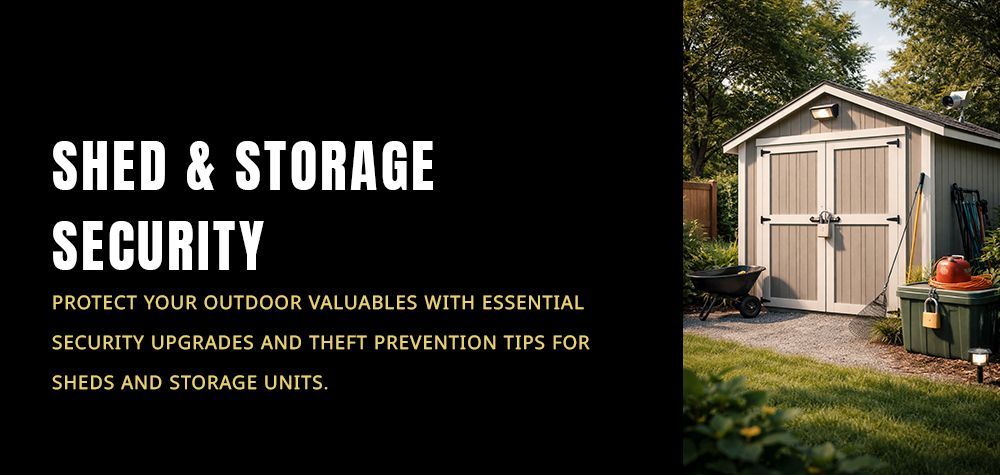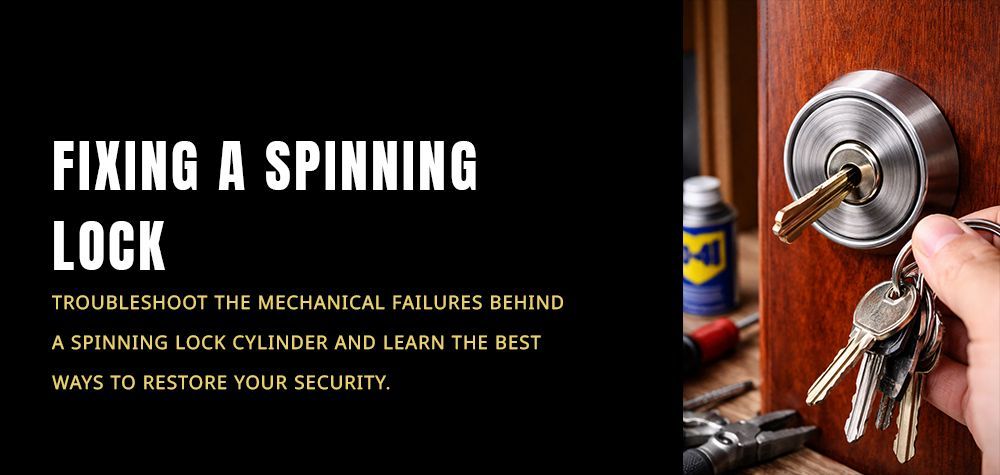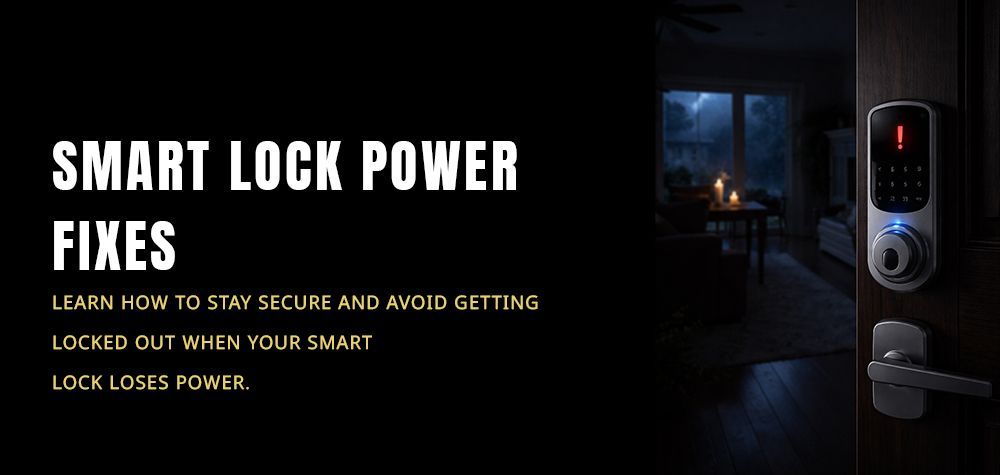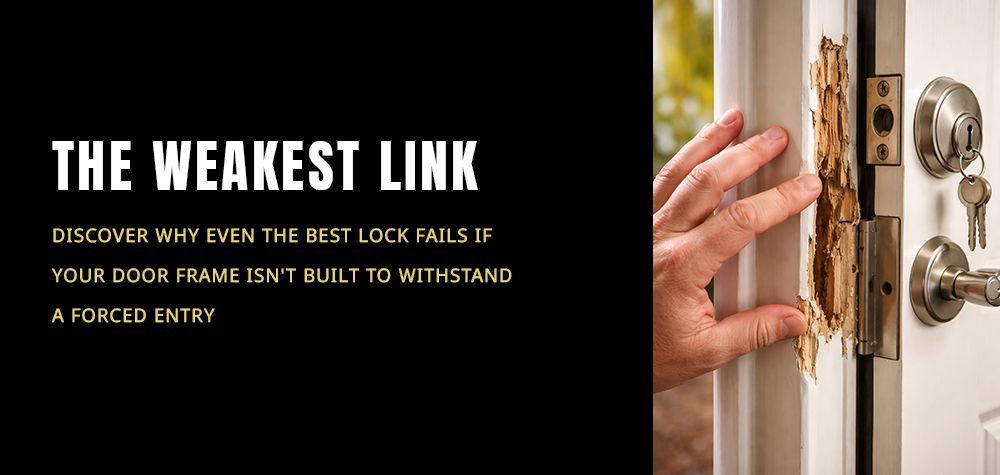What’s the best high security lock? – Medeco vs Mul-t-Lock
The need for High-Security locks is quite pressing. We are not talking about the threat of break-ins and violent forced entries. That is also quite problematic. What we are talking about is the ease with which locks can be picked by even amateurs. It is estimated that 35% of door entries will show no signs of forced entries. This is a problem, especially when dealing with insurance claims, where companies need to see at least some signs of forced entry. Lock picking remains a serious challenge, but an even bigger challenge is lock bumping . Lock bumping can be easily learnt from many resources and sets of bump keys (also known as 999 keys) can be purchased easily from the internet.
Another overlooked issue is the threat of unauthorized key duplication. For example, it could be the tenant that is renting your basement, or some other friend or acquaintance. All they need is a bare-minimum expenditure for having multiple key duplications which you don’t know about at all! Even your own set of copied keys can be easily compromised if you aren’t careful.
The point is that even amateurs, and non-professional crooks can gain entry quietly into your homes and it is imperative for you to do everything in your power to protect your homes. This is especially true given the desperate situation that COVID-19 has put everyone in. Rioters that are looting shops can very easily start to break into houses. This is where high security locks come in to play!
High-Security Locks are those that provide the best resistance to any unneeded tampering with your locks. For any lock to be considered high security, it needs to undergo the right scrutiny and be given the right security rating. This ranges from Grade 1 (highest rating) to Grade 3 (lowest rating).
Also, as opposed to many myths surrounding them, even high-security locks are not 100% break-in-proof! But they make it almost impossible for your average person doing the break-in to succeed in what they are doing. High-security locks, therefore, need to be chosen carefully to make sure that they truly live up to their name. In commercial settings, high-security locks will be worth the extra price for example.
We are comparing 2 of the most important brands in the high-security locks industry. We have chosen them due to their sheer presence in either the US (Medeco) and international (Mul-t-lock) high-security lock markets.
- Medeco
- Mul-T-lock
Both brands of high-security locks are very popular. According to various sources, Medeco locks are used in at least 60-75% of the US High-Security market. They have been promoted by the company as the “lock that cannot be picked”.
Mul-T-lock has also been in the business of high-security locks for close to 5 decades. The Mul-T-Lock website shows that they have a presence in 80 countries and 20,000 service centres. They are very dominant in the international market. They are an Israeli company that has a proud tradition stemming from the IDF and a signature trademark with a man with muscular arms morphing out of a key high-security lock key. It is hard to miss!
Both companies are owned by the ASSA Abloy group, which is a Swedish conglomerate.
They both use a similar and familiar locking system, the pin-tumbler design with springs. This is not too different from most locks that you are familiar with. Hence, it will be generally easier for your local locksmith to install either of these 2 brands on your door lock.
Now, for the differences. Both lock systems are quite similar and both companies have great products, but there are certain strengths and failures that each of these lock systems have which give one brand a clear advantage over the other.
Hence, if you are looking for prevention from brute force break-ins, then consider the Medeco Maxum .
Key Control: Medeco has utilized their exclusive use of angled cuts on their keys, and slider combinations to produce millions of key combinations. They have also patented a key control system that makes it virtually impossible to get a copy without your permission. In the case of Mul-T-Lock, an a magnetic strip order card needs to be presented at an authorized dealer for key duplication. Now, Medeco gives you control over duplication, but Mul-T-Lock goes a step further and makes it more rigorous to get a key duplicated. You have the highest level of key control.
Hence, if you are looking for strict key duplication controls, go for Mul-T-Lock.
The most critical test for any high-security lock is lock picking or bumping. You need to be as secure as you can against any lock-picking or lock-bumping incidents. When it comes down to it, a high-security lock's inability to be picked or bumped is what, in the end, defines it as such. Unfortunately, Medeco's performance in this area wasn't all that great. It should be emphasized that neither brand is completely impenetrable, although Medeco's security has been broken. A website devoted to Medeco issues has noticed this! It demonstrates quite clearly how even the most recent M3 generation's security has been penetrated by something as easy as a paper clip, and how older versions (which are still widely used) have major weaknesses. In this case, Mul-T-Lock automatically wins because there haven't been any issues revealed and because it can withstand at least novice lock-picking techniques.
Call Us Any Time!








